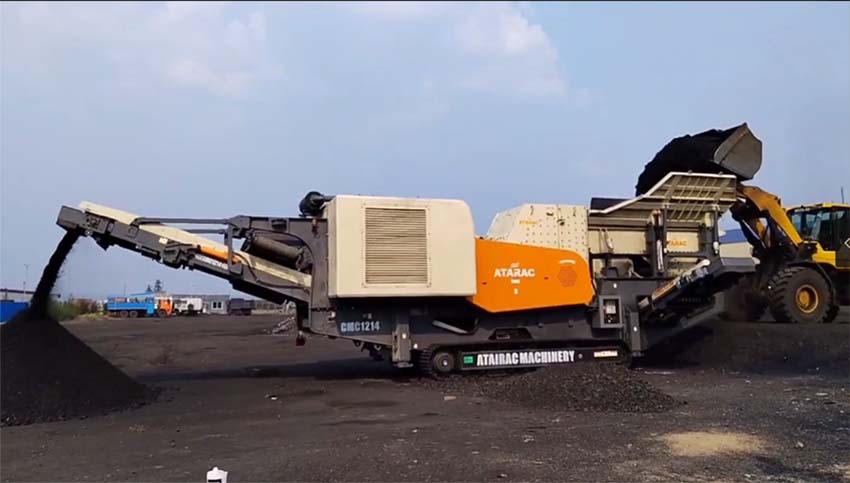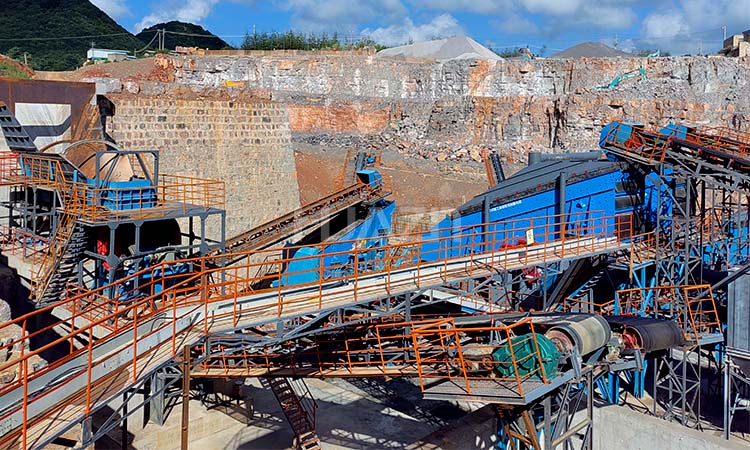Gangue, the waste rock or mineral material associated with coal and ore deposits, is often discarded during mining operations. However, with advancements in recycling and environmental protection, gangue is increasingly being repurposed for construction materials, road bases, and backfilling. To utilize gangue effectively, it must first be crushed into smaller, manageable sizes. This article explores the best crushing machines for gangue and the typical processing workflow.

What machine can be used for gangue crushing?
Gangue is generally a medium-hard to hard material, often containing shale, sandstone, or other rocky components. The following crushers are commonly used for crushing gangue:
- Jaw Crusher
Primary crushing to reduce large gangue blocks into smaller pieces (typically 100-300 mm).
Advantages: High crushing ratio, simple structure, and reliable operation.
- Impact Crusher
Produces well-shaped, fine aggregates (5-20 mm).
Advantages: Good particle shape, adjustable output size.

- Hammer Crusher
Secondary crushing to further break gangue into smaller particles (10-30 mm).
Advantages: High production efficiency, suitable for brittle materials.
- Double Roll Crusher
Crushing gangue into uniform granules (5-10 mm).
Advantages: Low dust generation, suitable for wet or sticky gangue.
- Cone Crusher
Secondary or tertiary crushing for high-hardness gangue.
Advantages: High efficiency, stable performance.
Gangue Crushing Process

The crushing process for gangue typically follows these steps:
- Feeding and Pre-Screening
Raw gangue is fed into a vibrating feeder.
A grizzly screen removes oversized rocks or debris before crushing.
- Primary Crushing (Jaw Crusher or Hammer Crusher)
Large gangue blocks are reduced to 100-300 mm.
- Secondary Crushing (Impact Crusher or Cone Crusher)
Further crushing to 20-50 mm for construction use.

- Fine Crushing (Roll Crusher or Sand Making Machine, if needed)
Produces 5-10 mm particles for brick-making or backfilling.
- Screening and Grading
A vibrating screen separates crushed gangue into different sizes. Oversized material is returned for re-crushing.
- Conveying and Stockpiling
Finished gangue aggregates are transported to storage or further processing (e.g., mixing with cement for bricks).

Gangue crushing requires selecting the right crushers based on hardness, moisture content, and desired output size. Jaw crushers, hammer crushers, and impact crushers are the most common choices, while roll and cone crushers provide finer control. By optimizing the crushing process, gangue can be transformed into valuable construction materials, reducing waste and supporting sustainable mining development.

